How Chrysler Almost Ruined Lamborghini and How Audi Saved It

Wandering through the Lamborghini museum can leave you with a lot of thoughts.
It’s hard not imagine blasting to 200 mph with a V12 at your back, or just getting lost in the nostalgia of the truly retro designs that seem to define their respective automotive eras.
But read each of the plaques pasted next to every car and there’s another tale being told, that of the automaker’s history, and it goes like this: Chrysler pretty much ruined Lamborghini. . . and Audi saved it.
The Gallardo that Never Was
Amid the awesome new Sesto Elemento and future-forward concept cars like the Estoque sedan there are forgotten vehicles like the small, white P140 concept. Dating back to 1988 it sports a 4.0-liter V10 engine with around 370 hp. Designed to be a smaller and more affordable Lamborghini model, it’s in many ways a precursor to the Gallardo. An idea apparently ahead of its time, the car was axed when Chrysler purchased Lamborghini in 1987.
Considering the success of modern day Lamborghini is built off the Gallardo, just think where the brand would be now if they had built it.
Ironically, a more affordable model is just what Chrysler later realized Lamborghini needed most. After burning through significant capital, it offloaded the Italian automaker in 1993. Much of the reason for that decision was that the Diablo, which was launched under Chrysler stewardship, was perceived as a flop with first year sales of 673 units falling off a cliff in year two with just 166 models moved. After strong early demand, the overly rich asking price of $239,000 was too much for the market to bear.
Just a few steps away from the P140 sits a selection of Lamborghini-powered Formula 1 cars, with a note next to one of how the F1 engine program was axed by Chrysler.
Then there’s another ahead-of-its time machine that saw production albeit in limited numbers: the LM002. A luxury SUV two decades before the Porsche Cayenne, it also saw its demise under Chrysler.
Dueling Concept Cars
Left in shambles and sold to holding company MegaTech, the next few years were tumultuous ones as is evidenced by a selection of wild concepts lining the outer glass wall of the museum.
Familiar to only the very dedicated Lambo enthusiast, for most, they’re completely unheard of – making them all the more enticing.
A burnt-copper model in particular stands out, perhaps due to its uniquely un-Lamborghini styling. Called the P147 Zagato Canto it has styling elements that look more Ferrari or McLaren. There’s also the P147 Gandini Acosta concept with the plaque humorously (and perhaps unintentionally) recounting the car’s story: “Despite respecting the cost parameters of the project, whilst maintaining the roof, the door profile and the windshield of the Diablo, this model is not at all appreciated (our emphasis). As a result, no prototype of this concept is built.”
Representing an inner struggle within the brand in 1997 both concepts are eventually axed with the purchase of Lamborghini by Audi (its German savior) in 1998. Instead of the bulbous Zagato or bug-eyed Gandini, Audi instead launches the distinctly modern Murcielago.
Audi’s Influence
Our visit to Lamborghini came as part of an introduction to the new Hurácan model and throughout the trip the German influence from Audi is prominent.
Audi boss Dr. Ulrich Hackenberg was in attendance and made a point of explaining that three iconic brands: Lamborghini, Ducati and design house Italdesign Giugiaro all fall under the Audi corporate umbrella.
More than just a corporate suit, Hackenberg is uniquely invested in Lambo, having advised its purchase after a trip to the plant in 1996 which included a test drive of the Diablo that he admits was “beyond the speed limits.”
In Lamborghini he saw the promise of “Italian creativity and design with German precision engineering,” he says. The cars themselves were something unique and impressive, the quality, however, was suspect and something, “which could be extremely improved,” he said.
Beyond the museum and the presentation, a tour of the manufacturing facility at Sant’Agatha Bolognese drove home the quality improvement theme, from displays of manufacturing processes to high-tech quality control checks.
How Audi Saved Lamborghini
With Audi’s help, Lamborghini launched the the Gallardo, a car it needed for decades, with a new level of affordability, quality and a vastly superior level of daily driveability to any past mode wearing the Bull badge. And consumers responded making it the brand’s all-time best seller.
But history, they say, is told by the victors and Audi’s take, while not untruthful, certainly paints Chrysler’s admittedly failed stewardship of the brand in a less than ideal light.
Chrysler Ownership Wasn’t All Bad
After all, Chrysler certainly invested in Lamborghini. After purchasing it for approximately $25 million (or roughly five-and-a-half Veneno Roadsters) in 1987, the American automaker poured double that into the company.
While that Lamborghini plaque clearly pointed the finger at Chrysler for ending the F1 engine program, it was Chrysler that began it. Additionally, Chrysler launched Lambo’s very successful marine engine division (of which there is a corner of the museum dedicated to its successes), while the U.S. dealership network was also created under Chrysler control.
After what at the time was seen as a significant investment, Chrysler execs didn’t get an immediate payback and jumped ship, likely pulling the plug on projects (like the F1 engine program) in order (smartly) to set the company up for sale.
But the strongest defense of Chrysler’s ownership of Lamborghini is the fact that without the American automaker’s investment the Diablo never would have happened.
Decades later and Lamborghini’s future is no longer in jeopardy, instead it’s secured by the success of the Gallardo. That one car’s significance cannot be understated. With 14,022 units sold it accounts for roughly half of the company’s sales. . . for all time!
The theme painted by the plaques through the Lamborghini museum might not be entirely accurate, or even intentional, but if Chrysler did make any one mistake it was canceling plans early on for a baby Lambo.
GALLERY: Lamborghini Museum
Discuss this story at our Lamborghini Forum.

With AutoGuide from its launch, Colum previously acted as Editor-in-Chief of Modified Luxury & Exotics magazine where he became a certifiable car snob driving supercars like the Koenigsegg CCX and racing down the autobahn in anything over 500 hp. He has won numerous automotive journalism awards including the Best Video Journalism Award in 2014 and 2015 from the Automotive Journalists Association of Canada (AJAC). Colum founded Geared Content Studios, VerticalScope's in-house branded content division and works to find ways to integrate brands organically into content.
More by Colum Wood




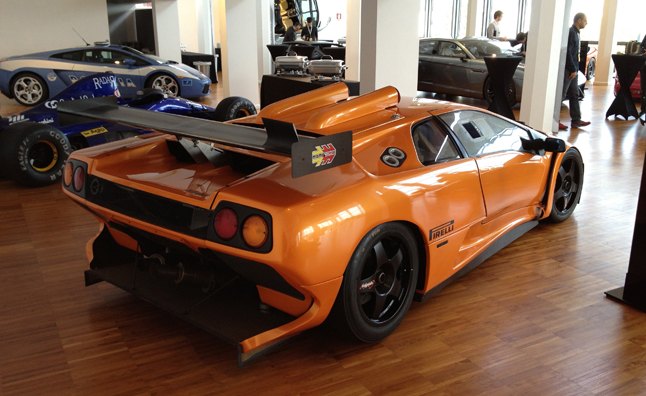

















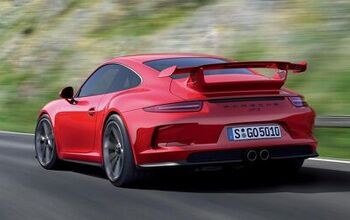

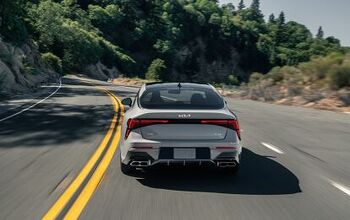

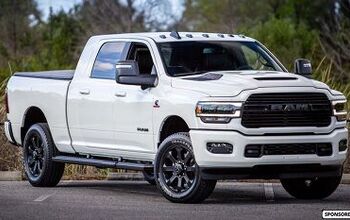



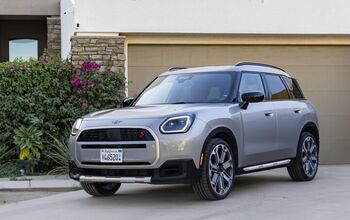


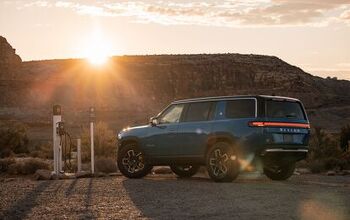

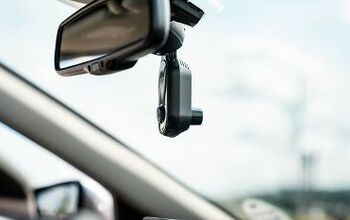
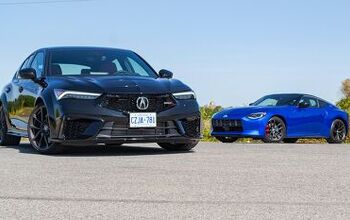
Comments
Join the conversation
That top car REALLY does look like an MR2.